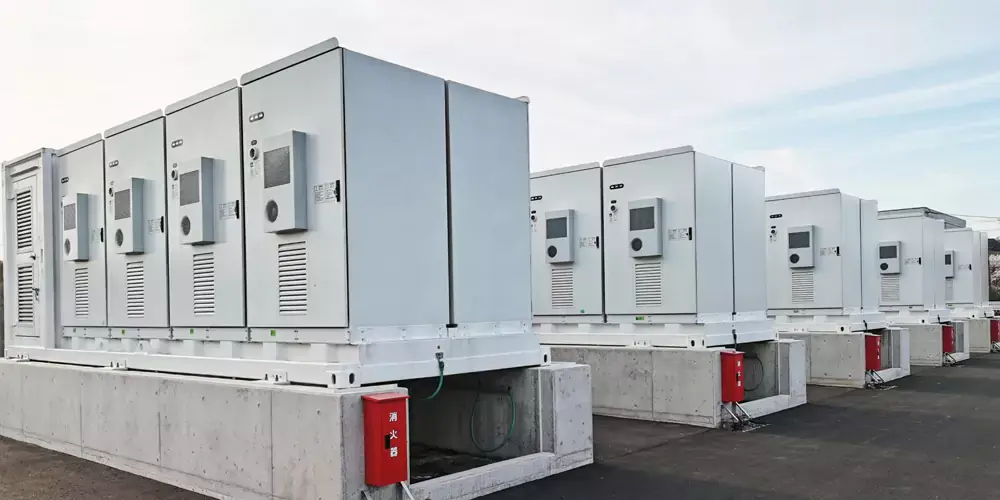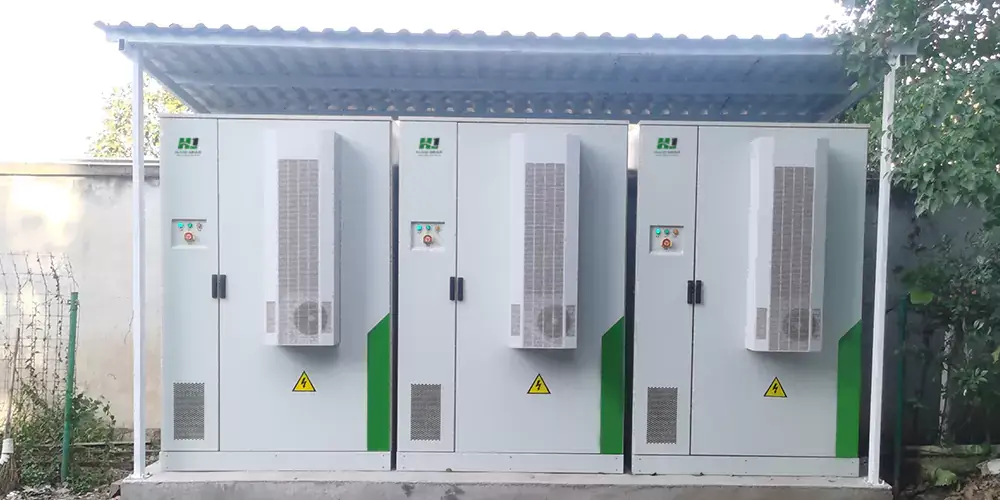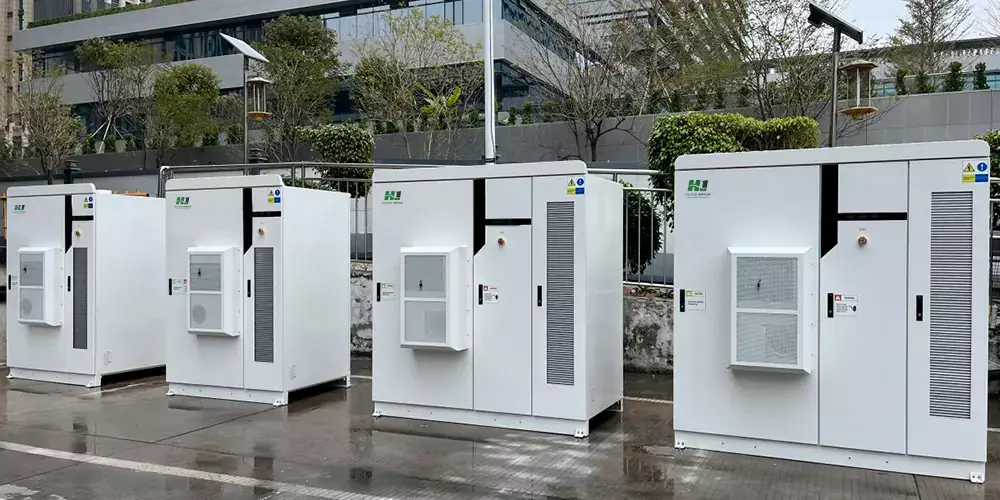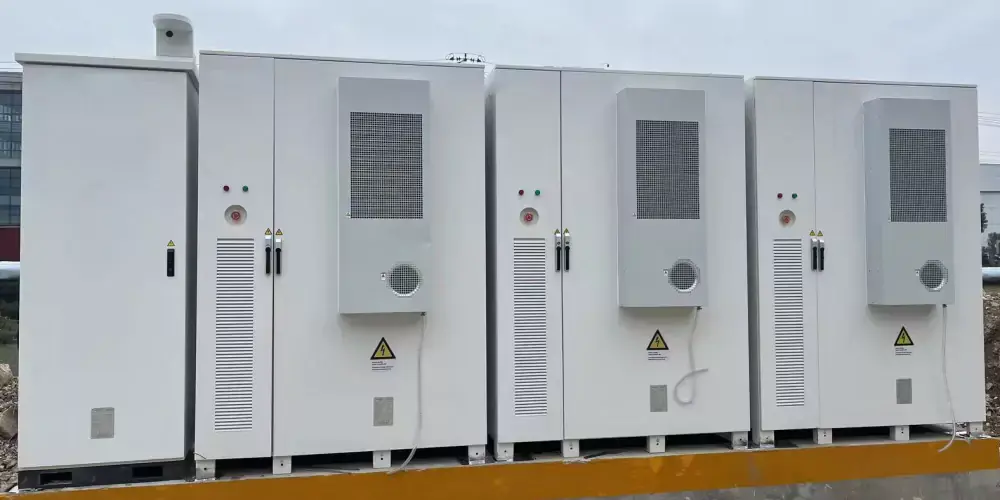The Heart of Microgrid: The Role of Distributed Generation in Energy Management
As energy grids evolve to become smarter and more resilient, distributed generation has emerged as a key element in microgrid systems. These systems, which can operate independently from the main grid, are reshaping how energy is produced, stored, and consumed, especially in remote areas like islands. The concept of distributed generation involves decentralizing electricity production, shifting it from large, centralized power plants to smaller, localized sources of renewable energy. This shift allows for more flexible, efficient, and sustainable energy management, particularly for island microgrid solutions.
What is Distributed Generation?
In a traditional energy system, electricity is generated at large, centralized power plants and then transmitted over long distances to consumers. Distributed generation, on the other hand, relies on multiple smaller power sources located closer to the point of use. These can include solar panels, wind turbines, or even small hydropower systems. Distributed generation is particularly useful in ky Microgrid and island microgrid setups, where power needs to be generated locally to maintain energy independence and reliability.
But what makes distributed generation so vital to the future of energy? Let’s break it down.
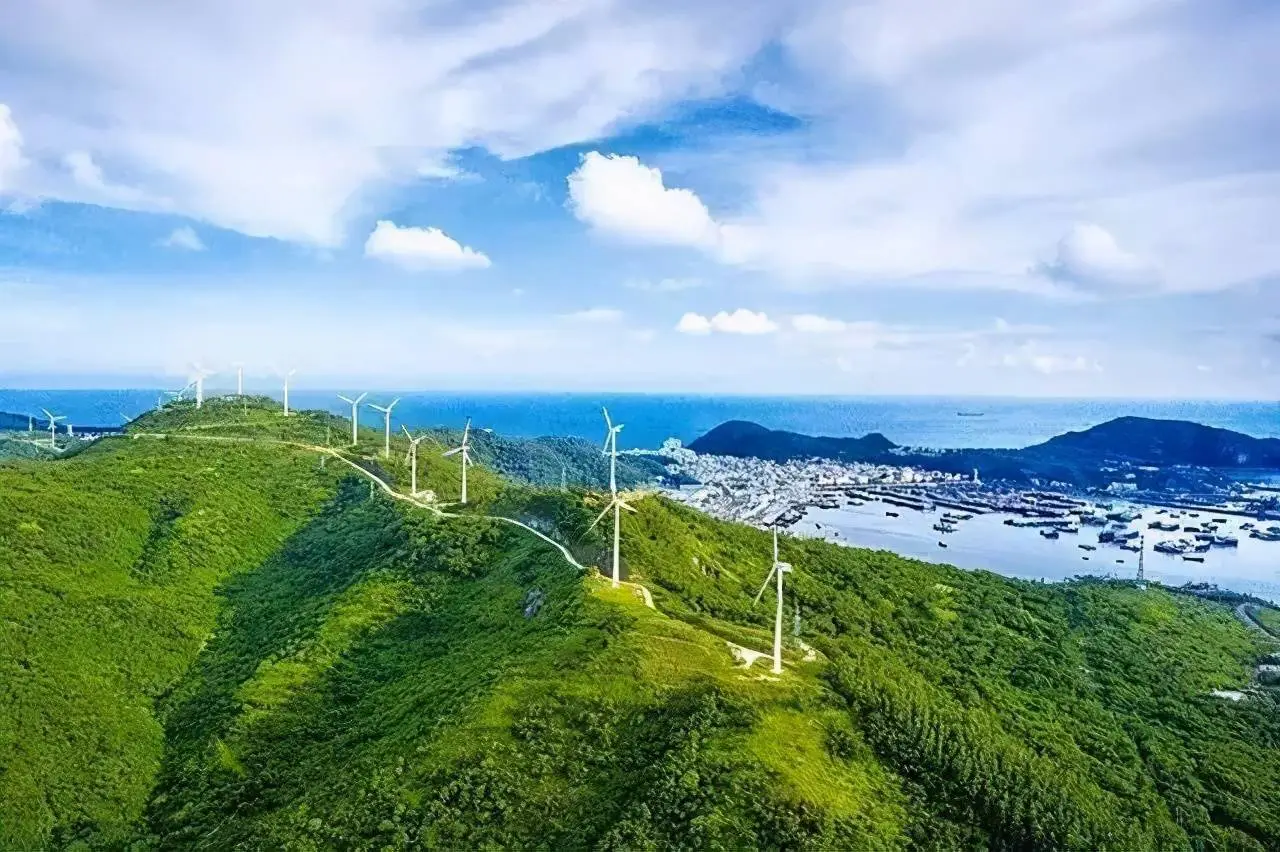
Advantages of Distributed Generation in Microgrid Systems
Energy Independence
For island microgrid systems, energy independence is crucial. Islands often face challenges in securing a steady power supply due to their isolation from the main grid. By utilizing distributed generation through wind, solar, and tidal resources, island microgrids can reduce their reliance on imported fossil fuels like diesel. This allows for greater self-sufficiency and sustainability.
Resilience and Reliability
Distributed generation enhances the reliability of energy systems by diversifying the sources of electricity. In the case of ky Microgrid, if one source fails—such as wind turbines during a period of low wind—solar panels or battery storage can pick up the slack. This redundancy ensures that the microgrid can continue operating smoothly, even in challenging conditions.
Lower Environmental Impact
As countries push toward reducing carbon emissions and developing cleaner energy systems, distributed generation plays a critical role in minimizing environmental impact. For instance, integrating wind and solar energy into microgrids reduces the need for coal and gas-fired power plants, which are significant contributors to air pollution and greenhouse gas emissions. This makes microgrids a cleaner, greener alternative for both urban and remote areas.
Real-World Example: Distributed Generation in Island Microgrids
Consider an island microgrid in Southeast Asia that relies heavily on diesel fuel for power generation. This dependence on fossil fuels not only incurs high costs due to fuel transportation but also contributes to air pollution. After implementing distributed generation technologies, including wind turbines and solar panels, the island saw a drastic reduction in diesel consumption and carbon emissions. Additionally, the integration of battery storage ensured a steady power supply, even during periods when renewable energy generation was low.
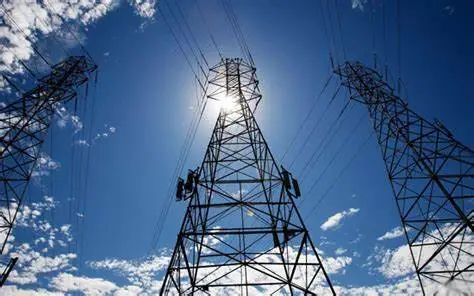
The Role of Energy Storage in Distributed Generation
One of the challenges of renewable energy, particularly wind and solar power, is its intermittent nature. Energy production is not always aligned with energy demand. This is where energy storage systems come in, playing a crucial role in balancing supply and demand in distributed generation.
By incorporating high-capacity battery storage systems, like those used in ky Microgrid solutions, microgrids can store excess energy generated during peak production times (like sunny afternoons) and release it when demand increases or when renewable generation is low (such as at night). This balance is essential for ensuring a continuous power supply and reducing the need for backup generators that rely on fossil fuels.
New Trends in Distributed Generation and Microgrids
The future of distributed generation is closely tied to the rise of smart energy management systems and predictive analytics. Microgrids are becoming increasingly sophisticated, with the ability to monitor real-time energy production and consumption data. This allows for more precise control over energy use and storage, maximizing efficiency and reducing waste.
For instance, in a ky Microgrid, sensors can track wind and solar production, adjusting energy flow and storage dynamically based on current weather conditions. Such systems can even predict future energy needs using AI-driven forecasts, further optimizing the grid’s performance.
What Should You Consider When Implementing a Microgrid?
When thinking about incorporating distributed generation into a microgrid system, it’s essential to consider:
- Energy Sources: What renewable resources are available in your location? Solar, wind, or tidal?
- Storage Capacity: How much battery storage will be needed to maintain consistent power supply during low-production periods?
- System Redundancy: Do you have enough diverse energy sources to ensure reliability if one fails?
Ready to Explore Microgrid Solutions?
If you’re ready to explore how distributed generation can revolutionize your energy system, Huijue Group offers innovative microgrid solutions that integrate renewable energy sources with smart storage systems. Whether you’re looking to enhance an island microgrid or improve energy resilience,discover our range of products and see how we can help you build a more sustainable energy future.
Contact us
- Email:[email protected]
- Tel: +86 13651638099
- Address: 333 Fengcun Road, Fengxian District, Shanghai
Get A Quote Now!


